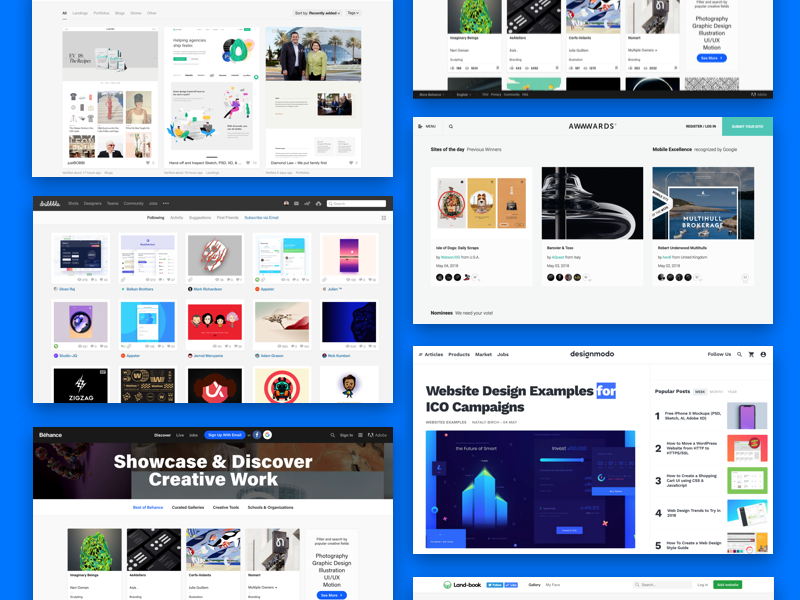Shop At Haya: Your Ultimate Shopping Guide
Discover the best shopping tips, trends, and deals for a smarter buying experience.
Pixels with Personality: Crafting a User Experience
Discover how to infuse personality into your design and elevate user experience. Transform pixels into powerful connections!
Understanding User Centric Design: The Heart of Pixels with Personality
Understanding User Centric Design is essential for creating digital experiences that resonate with users. At its core, user-centric design prioritizes the needs, preferences, and behaviors of the end user throughout the design process. This approach not only enhances usability but also fosters a stronger emotional connection between users and the digital products they interact with. By employing methods such as user research, personas, and user testing, designers can ensure that every pixel serves a purpose that aligns with user expectations and enhances overall satisfaction.
Incorporating pixels with personality means infusing interactive elements and engaging visuals that speak to the user. This can include tailored interfaces, intuitive navigation, and responsive designs that adapt to various devices. Ultimately, a user-centric design empowers users by making their journey through a website or application seamless and enjoyable. As we delve deeper into this concept, it becomes evident that the essence of user-centric design lies in its ability to create products that are not just functional but also enjoyable, making users feel valued and understood.

10 Essential Elements for Crafting a Memorable User Experience
Creating a memorable user experience hinges on understanding and delivering essential elements that resonate with your audience. First and foremost, usability plays a critical role; it ensures that your website is easy to navigate, enabling users to find the information they need effortlessly. This includes intuitive layouts and clear pathways that guide users through your content. Additionally, performance is key—slow loading times can frustrate visitors and lead them to abandon your site. According to research, 47% of users expect a page to load in two seconds or less. Therefore, optimizing your site’s speed should be a priority.
Another crucial element is visual design. Aesthetically pleasing websites capture attention and enhance user engagement, so invest in quality graphics and a cohesive color scheme that aligns with your brand identity. Content is equally important; providing valuable and relevant information keeps visitors coming back. Incorporating elements such as calls to action directs users toward desired actions, whether subscribing to a newsletter or making a purchase. Finally, consider responsiveness; with an increasing number of users accessing websites on mobile devices, ensuring your site adapts to different screen sizes is essential for a seamless experience.
How Emotional Design Influences User Engagement and Loyalty
Emotional design plays a crucial role in shaping user engagement and loyalty by appealing to the user's feelings and creating meaningful connections with the product. When users interact with a design that resonates with their emotions, they are more likely to feel a sense of attachment, leading to increased loyalty. According to experts in UX design, the aesthetic and functional appeal, combined with relatable storytelling, enhances the overall user experience. Users often remember how a product made them feel, which can have a lasting impact on their perception and willingness to return.
Moreover, emotional design influences user engagement through elements that evoke specific feelings, such as joy, nostalgia, or trust. For instance, brands that utilize warm colors, intuitive layouts, and engaging imagery can foster a sense of comfort and reliability. As a result, users not only find joy in their interactions but also feel motivated to share their experiences, amplifying brand loyalty. In summary, integrating emotional design into user interfaces is not just a trend but a foundational strategy that can significantly boost user engagement and foster lasting loyalty.